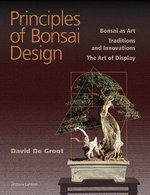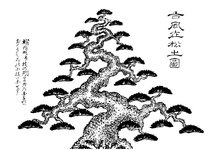JackHammer
Chumono
I am thinking about design principals. Can someone please tell me any thoughts or best practices around the use of triangles?
I drew a few triangles on some pictures.
Should the apex of the tree meet at the center of the pot? Good? Bad?
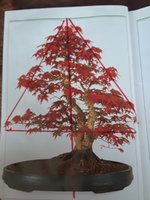
Should the apex of the tree/triangle meet at the trunk line? Good?
Should the trunk line discect the triangle? Good? Bad? (Like the wisteria image)
I like how on the flowering cherry the trunk line discets the triangle. Is that the apex? It is not the highest point on the tree. I don't understand this tree.
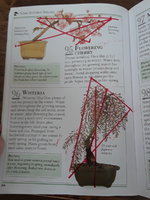
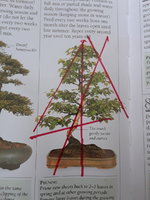
What relationship left or right to the center of the pot should the trunk have? In what ways does it impact the movement, or balance of the tree?
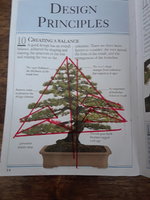
I am also seeing a pattern of one large triangle, that is made up of smaller triangles. Sometimes there are 3, one left, right and top. Sometimes they seem to be upside down which I want to observe more.
Also, what about bonsai with cloud pads? Puffy triangles.... ?
I drew a few triangles on some pictures.
Should the apex of the tree meet at the center of the pot? Good? Bad?

Should the apex of the tree/triangle meet at the trunk line? Good?
Should the trunk line discect the triangle? Good? Bad? (Like the wisteria image)
I like how on the flowering cherry the trunk line discets the triangle. Is that the apex? It is not the highest point on the tree. I don't understand this tree.


What relationship left or right to the center of the pot should the trunk have? In what ways does it impact the movement, or balance of the tree?

I am also seeing a pattern of one large triangle, that is made up of smaller triangles. Sometimes there are 3, one left, right and top. Sometimes they seem to be upside down which I want to observe more.
Also, what about bonsai with cloud pads? Puffy triangles.... ?

